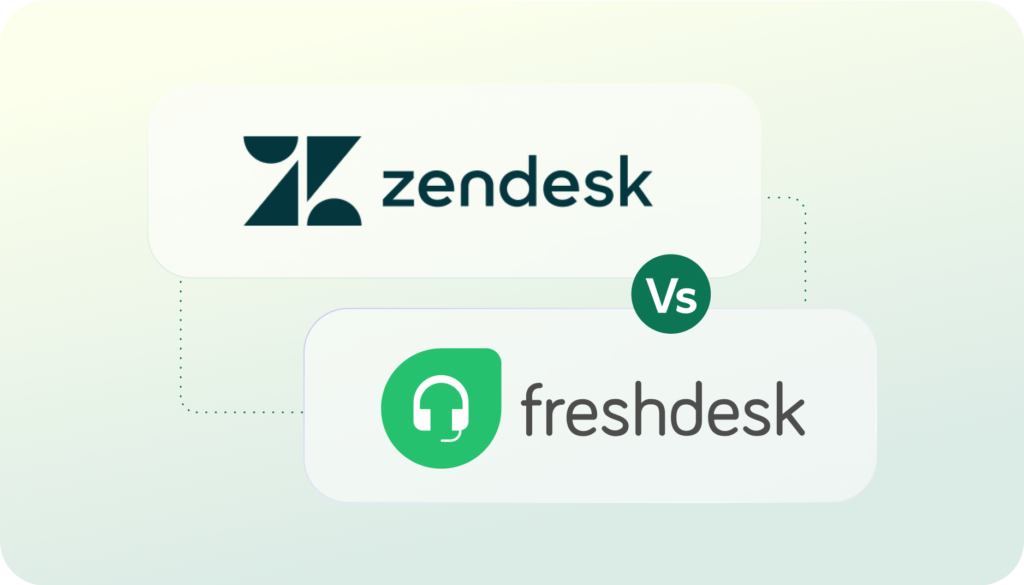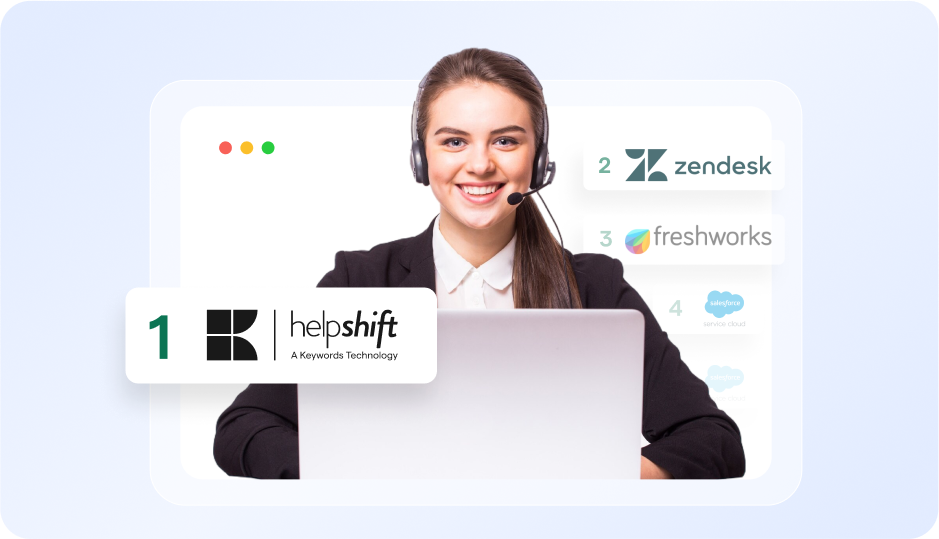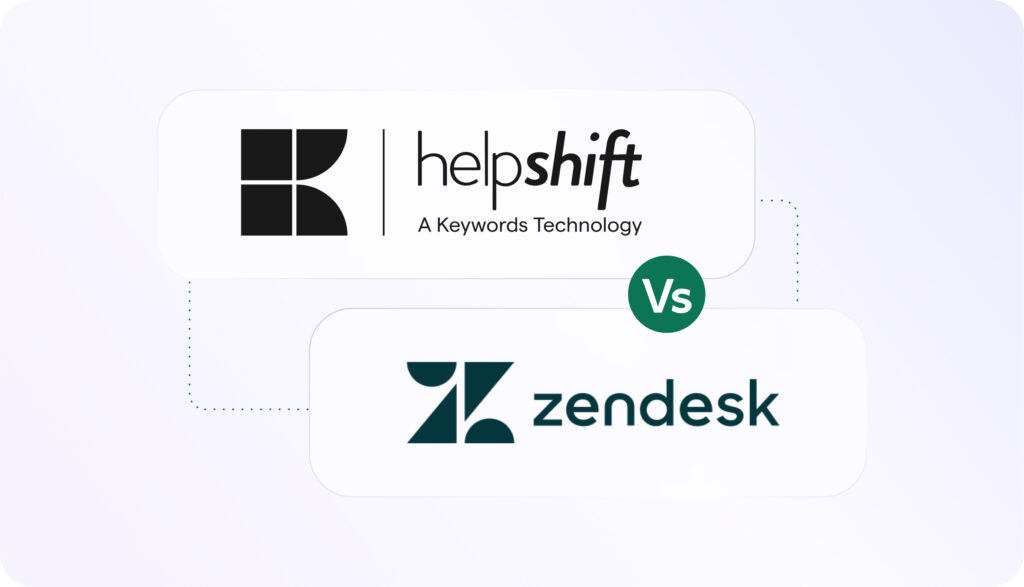All businesses need customers. And all businesses are willing to invest something – time, effort, research, money – to get them. But if you spend too much on finding customers, you won’t have enough profit to power the rest of your business.
That’s why you have to understand customer acquisition costs and how they fit into your marketing decisions.
Simply put, the average customer acquisition cost (CAC) is how much it takes to persuade one person to become a customer. This figure can include money, but it can also include time and energy.
Why Is Customer Acquisition Cost Important?
Correctly understanding customer acquisition costs shapes your marketing decisions, but it also influences other business areas.
First, understanding CACs can help you pick the most productive marketing campaigns and strategies. If you’re evaluating three campaigns and one has converted more customers than the others, you might be tempted to stick with that campaign. But what if it was far more expensive than the others? The actual cost per customer would mean the other campaigns are more effective.
Now, let’s talk about customer acquisition costs that are unrealistically high. If your average cost to acquire a customer is more than the revenue the customer brings in, that’s a problem. For example, suppose you’re selling a book for $15. It costs $7 to produce, so you feel that it’s a reasonable price. But if you also spend $8 per person on customer acquisition, you have no income to put towards other expenses.
The above scenario is an extreme example, but it illustrates why CAC is so critical. Marketing is only part of the equation. CAC also influences pricing decisions, profitability, and other financial areas.
The Customer Acquisition Cost Formula
The basic formula for calculating customer acquisition costs is simple:
The total cost of acquiring new customers / The number of new customers.
Usually, this is calculated for a specific campaign or over a defined period, such as a month, a quarter, or a year. However, the associated costs may be more than you realize.
What Impacts Acquisition Costs?
Acquisition costs are more than just the funds spent on advertising or on sending out an email sequence. The following things should be factored into CAC:
- Marketing team salaries/hourly wages.
- Social media campaign costs (e.g. for promoted content, ads, etc.)
- Traditional and online advertising costs.
- Money paid to third parties (freelancers, agencies, etc.) that helped develop, design, or place content.
- Other expenses associated with marketing activities (e.g. payment processing fees, pay-per-click ads, etc.)
Additionally, breaking into a new market can entail higher customer acquisition costs. This can be true for a brand-new business as well as for an established business expanding into a new region.
On the other hand, most customers do not make just one purchase; if they’re happy with their experience, they’ll become repeat customers. So, to get a real view of customer acquisition costs over time, you need to add in customer lifetime value metrics.
Combining Customer Lifetime Value and Customer Acquisition Costs
Customer lifetime value (CLV) provides context to an analysis of acceptable customer acquisition costs. CLV is the total profit an organization can expect to make from a customer. Usually, this is measured or forecasted over a specific time period, like 1,3, 5, or 10 years.
Understanding how CAC and CLV interact helps you make informed decisions on how much to spend to acquire various customer groups. If, for example, you have to spend $100 for a customer whose CLV is $200, that’s not a good trade. If you have to spend $500 on a customer whose CLV is $250,000, you’d do it without question. However, if you subtracted the CLV values from that equation and just looked at the CAC, you’d make a very cost-ineffective decision.
Lowering Customer Acquisition Costs
The less you spend on acquiring customers, the greater your profit margin. And while you shouldn’t necessarily back away from spending a bit more on high-value leads, you should try to be efficient with your marketing spend.
Boost Lead Conversions
Converting leads to customers is why sales and marketing teams exist; wasting time on unproductive leads is what drives sales and marketing teams crazy. There are numerous ways you can increase your lead conversion rates. They include things like understanding potential customers’ motivations and pain points, creating the right content, targeting the right lead with the right content, properly qualifying leads, providing more value to leads, and more.
The exact steps for effective lead conversions depend on your business and audience. The key to improving lead conversion in any situation is:
- Understanding your audience and the different segments in it.
- Identifying the strengths and weaknesses of your current efforts.
- Aligning your processes with your goals and your audiences’ needs.
- Remembering there’s a human being on the other side of the transaction.
Focus on Customer Relationship Management
Customer relationship management (CRM) uses software programs like HubSpot and Salesforce to store, organize, analyze, and report on customer data. But the concept of customer relationship management is about more than data or software; it’s about understanding your customers’ needs and giving them an experience that goes above and beyond.
Given that acquiring a new customer is at least five times more expensive than retaining a loyal customer, it makes sound business sense to keep your existing customers happy. And the new customers you do acquire may very well become brand advocates, bringing their friends and family on board as well.
Improve Value Using Live Chat
Even the happiest customer will need support at some point. How you handle customer service issues can profoundly affect whether customers stay with your company – or if they sign on in the first place.
Using live chat as your first line of customer support can increase customer satisfaction because it reduces wait times and can often successfully resolve the issue. Fast response times and effective solutions make for happier customers.
Additional Information About CLV and Customer Acquisition Cost:
Product: Live Chat Software
Blog post: Live Chat Software For Customer Service
Glossary: What Is Customer Acquisition?
Glossary: Lifetime Value



